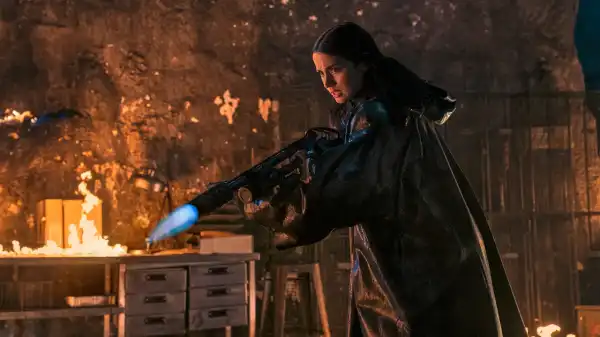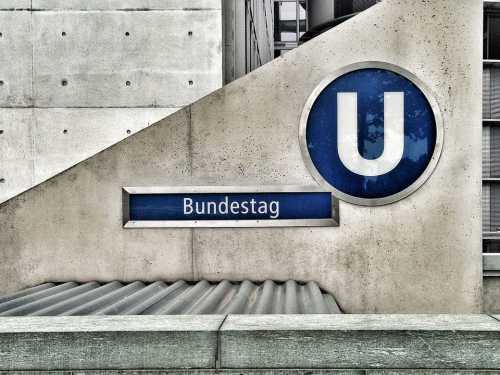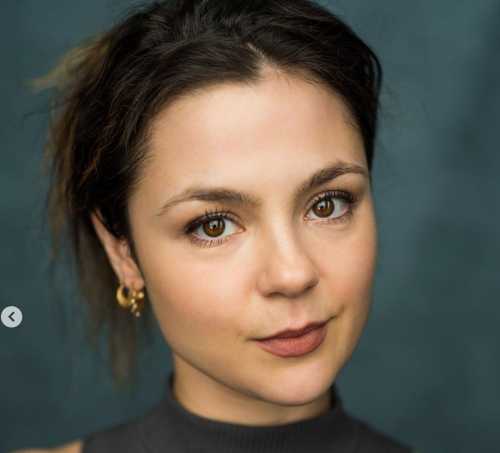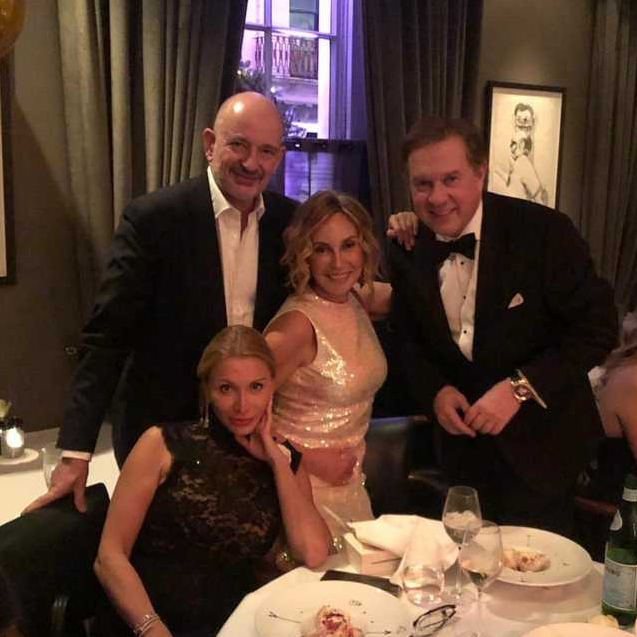
Save this storySave this storySave this storySave this story
It was interesting to see Ballerina, which hits theaters this week, so soon after the new Mission: Impossible film. The latter film’s fearless stunts, which peak in several extended action sequences (one on a submarine, another on biplanes), are hard to beat, but the plot, which involves a devious plan to use AI to hijack and launch the world’s nuclear arsenal, is little more than an excuse. Watching Mission: Impossible for the plot is like going to Casablanca for water. By contrast, Ballerina — like the four John Wick films from which it spawned — is surprisingly more engaging in its story than its action.
The first John Wick film is the weakest, because the franchise’s foundation hasn’t yet been established: a retired hitman (Keanu Reeves) returns to business to combat a gangster’s attacks. Few details—including the Continental, a luxury Manhattan hotel and hideout—hint at a mythology that, at its best, gives the series its uniqueness. That world centers on an international organized crime syndicate and hitmen called Ruska Roma, with its own complex bureaucracy, strict rules, history, and even its own anachronistic technology and design. That world-building gives the films energy, because, unlike comic book universes, the Wickiverse has eerily plausible touchpoints with everyday life. Its stakes aren’t just stated, they’re felt.
Ballerina expands on that mythology, but it also challenges some of it. The John Wick connection in the new film is implied from the start: A young girl named Eva Macarro (played as a child by Victoria Conte) witnesses her father (David Castaneda), who was also a hitman, being murdered by a group of mercenaries led by a pompous, sophisticated leader who frames him for breaking the rules of the organization. Then the equally suave Winston (Ian McShane), the Continental manager (who plays a major role in all four John Wick films), takes the orphaned girl (whose mother was previously murdered) under his wing, introducing her to his so-called family. Twelve years later, it becomes clear that the house is a stately Russian-Gypsy-style residence where Eva (played as an adult by Ana de Armas) studies ballet under the strict supervision of the organization's director (Anjelica Huston) and masters the deadly art under the guidance of several mentors who also answer to the director.
Trained for a career as a hitman, Eva is sent to protect a young woman from being kidnapped. The resulting scene has a calculated air of coldness – truly cold, as the action takes place in a nightclub where the dance floor is icy – leading to carnival-like bloodshed and grotesque injuries. In the process, Eva notices a scar on the dead henchman’s wrist that reminds her of one of her father’s killers and, throwing the severed limb on the director’s desk, demands information. The director informs her that the scar is the mark of a rival mercenary group with whom the Ruska Roma maintain a standing non-aggression pact and orders Eva to retreat. The group, known as the Tribe, is said to have surpassed the Ruska Roma in their ruthlessness, but this does not deter Eva. With information from Winston, she sets off for Prague in pursuit of her father’s killer. There, chaos ensues. Confronting her handler, she tracks the group to the Austrian mountain village of Hallstatt, which becomes the scene of even more mayhem.
Ballerina is officially a spin-off of John Wick: Chapter 3: Parabellum, which means its plot is firmly rooted in the mythology of the Ruska Roma series. There’s something questionable about that mythology—why would a real, deeply oppressed ethnic group be made synonymous with a league of assassins in a movie?—but its development has nonetheless been fascinating in its complexity. The Continental isn’t just one hotel—it’s an international chain, entirely controlled by Ruska Roma, and the extremes of luxury and fine service within the hotels almost become characters in themselves, powerful embodiments of corporate murder. (The deadly ways of plutocratic power are also hidden behind the elegance of high culture, as is made clear by the very title of Ballerina and the early training of its protagonist.) The surface of carefree greetings and elevated manners, luxurious furnishings and cozy comforts, suggests an impersonal mechanism of deadly decision-making hidden beneath contractual obligations and rule-based procedures. Winston’s mantra is that one always has a choice, but the entire mechanism of Ruska Roma is rooted in a quasi-military order that erases choice, where consequences are automatic.
The choices that exist take place in the gray zone of danger, on the shadowy edges of prescribed actions—the equivalent of instant improvisations on the battlefield under fire. These quiet, decisive
Sourse: newyorker.com






